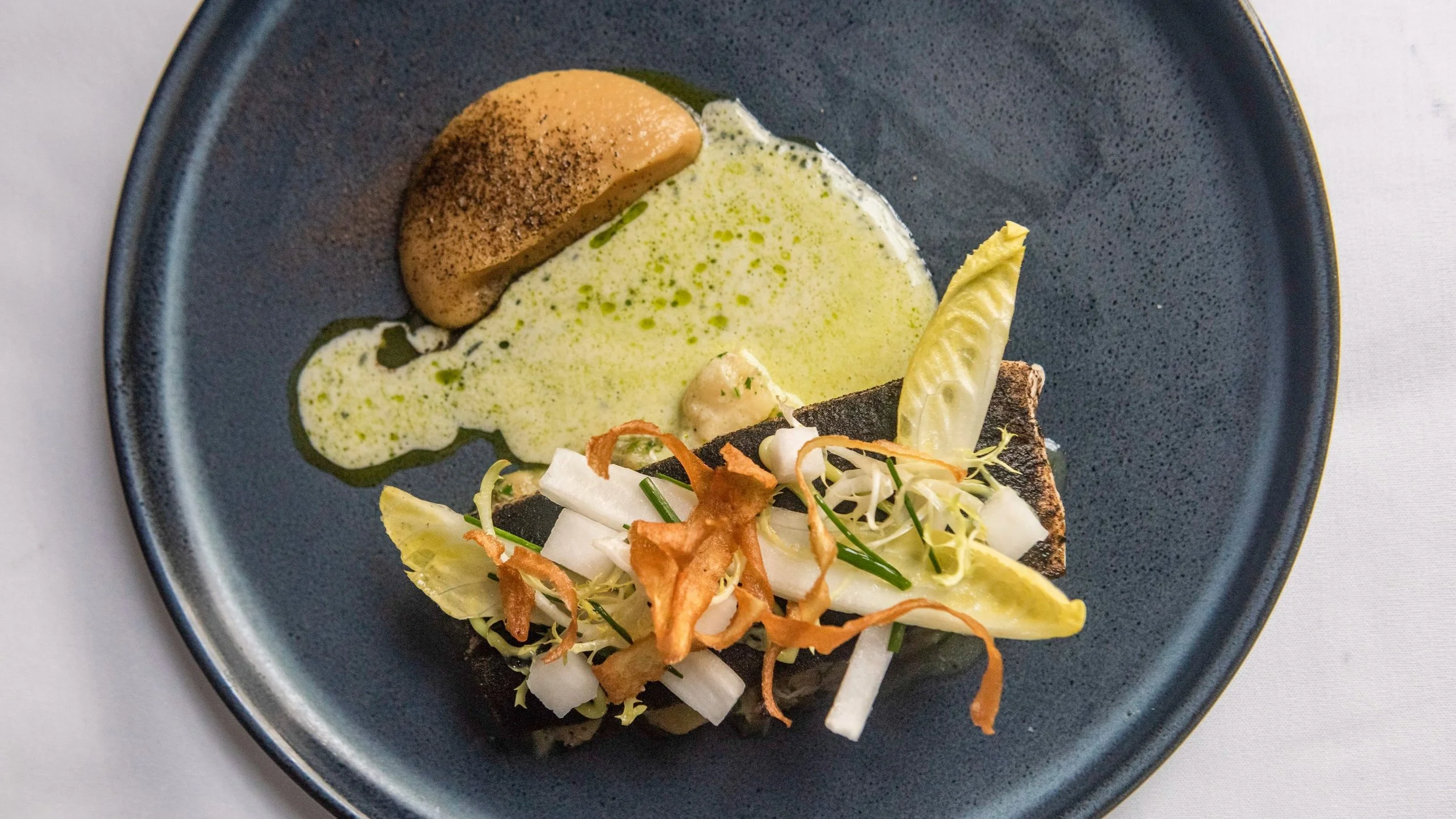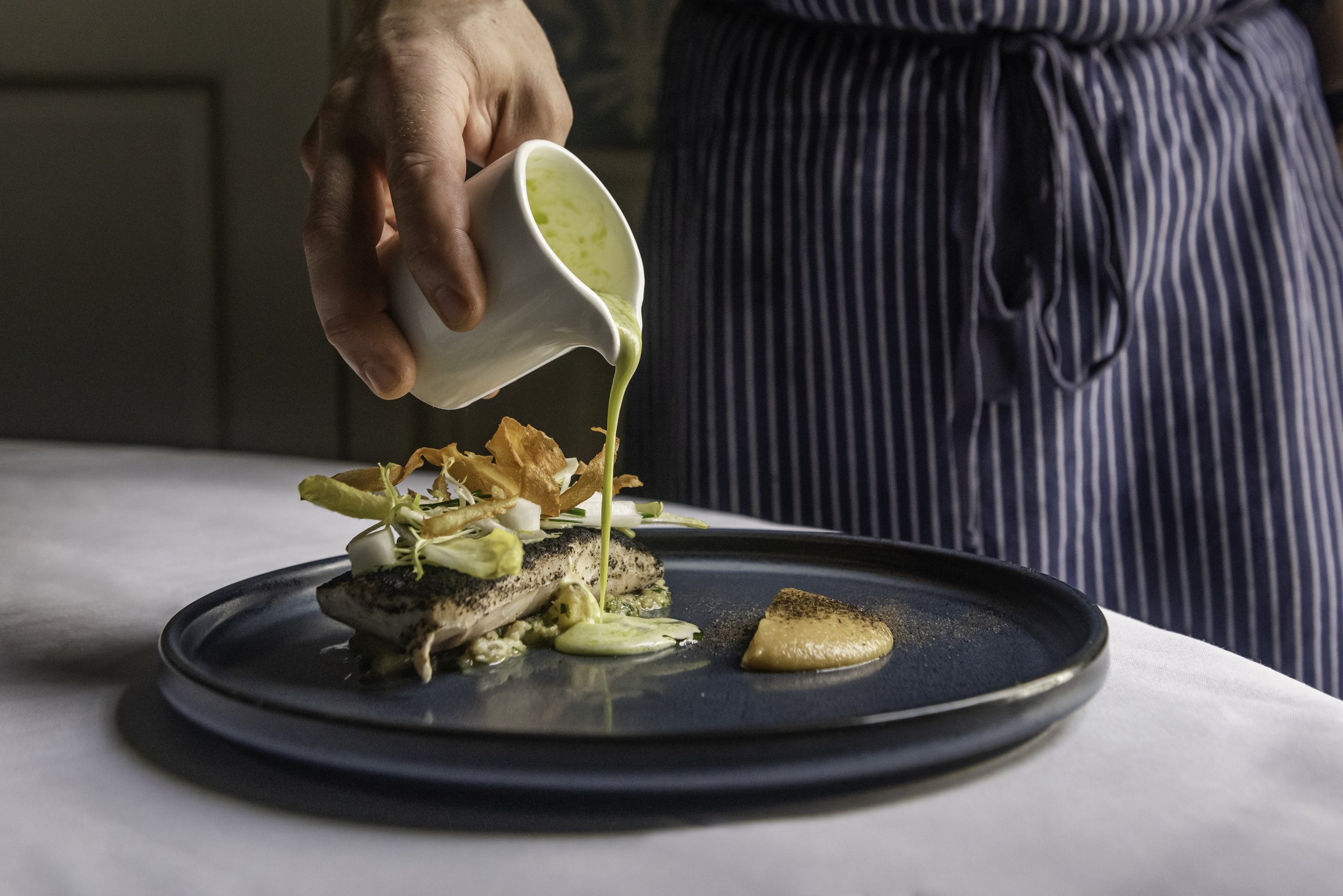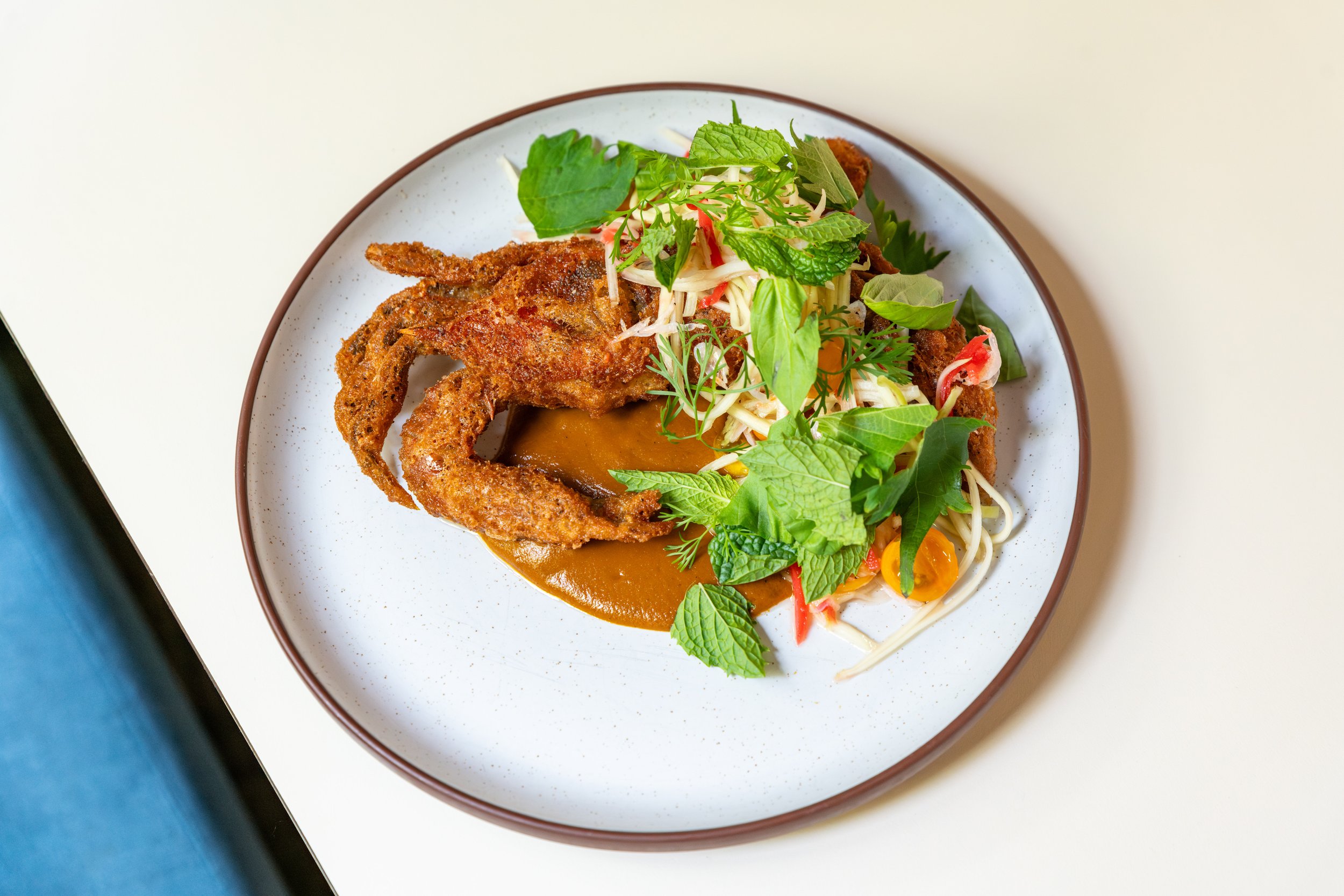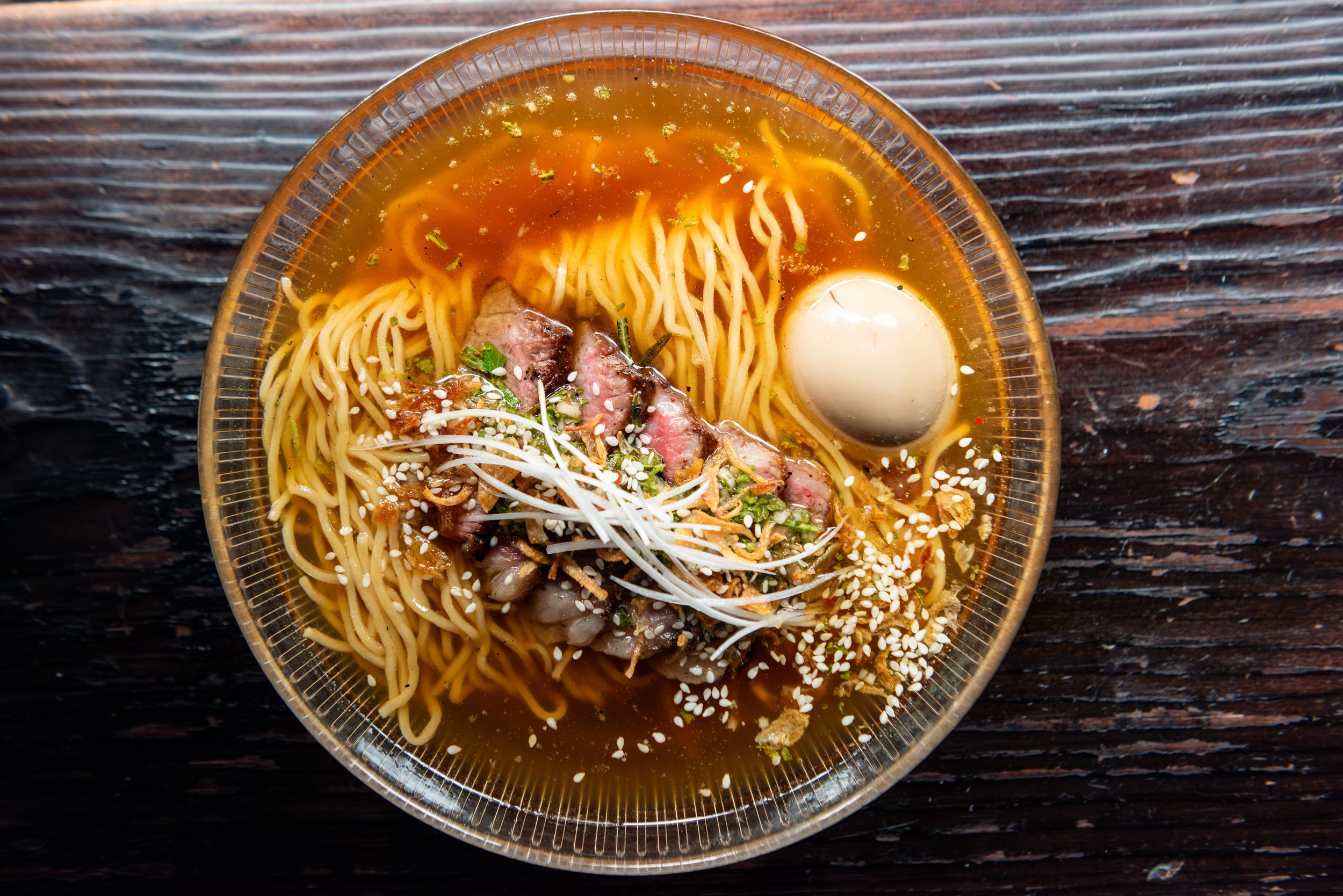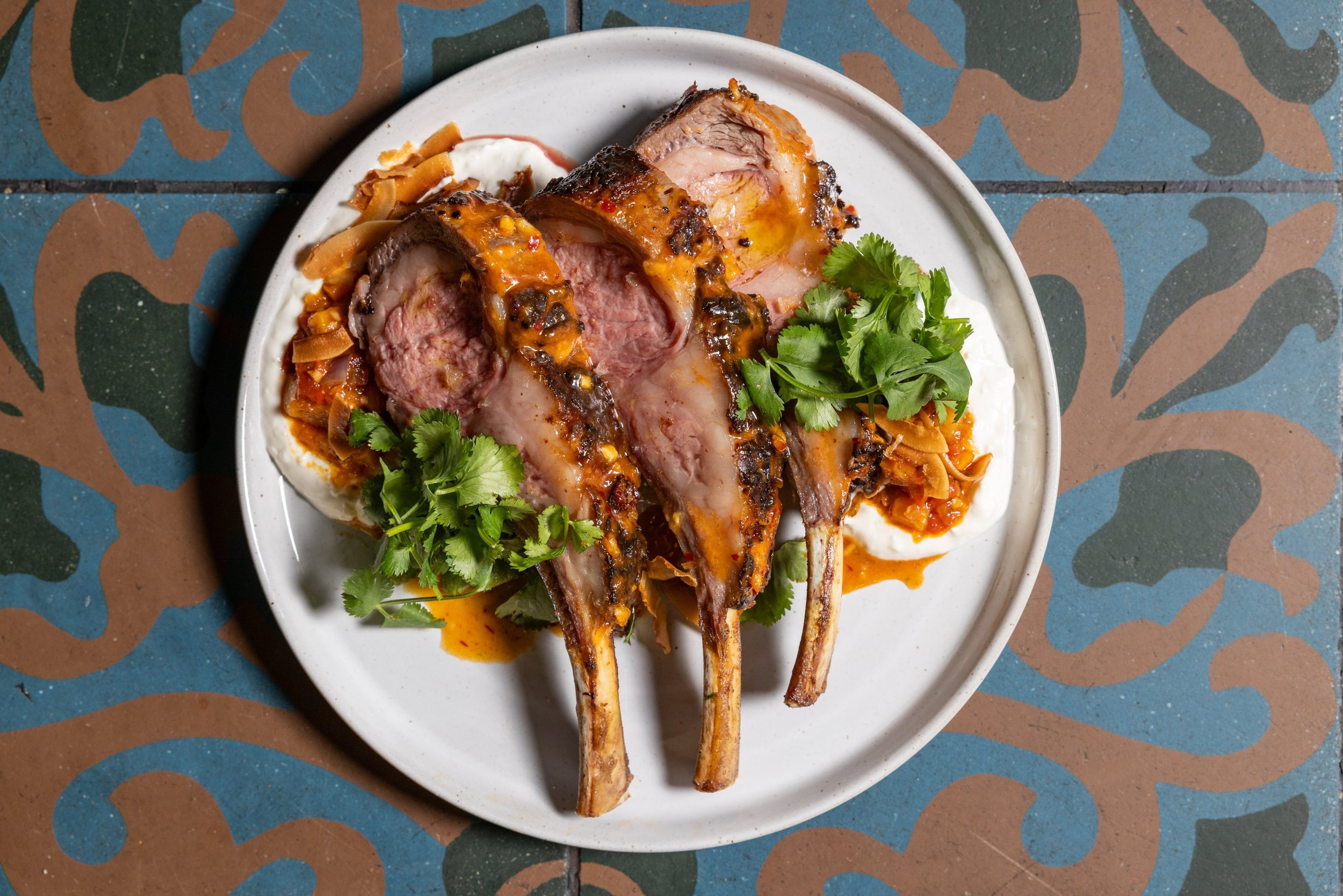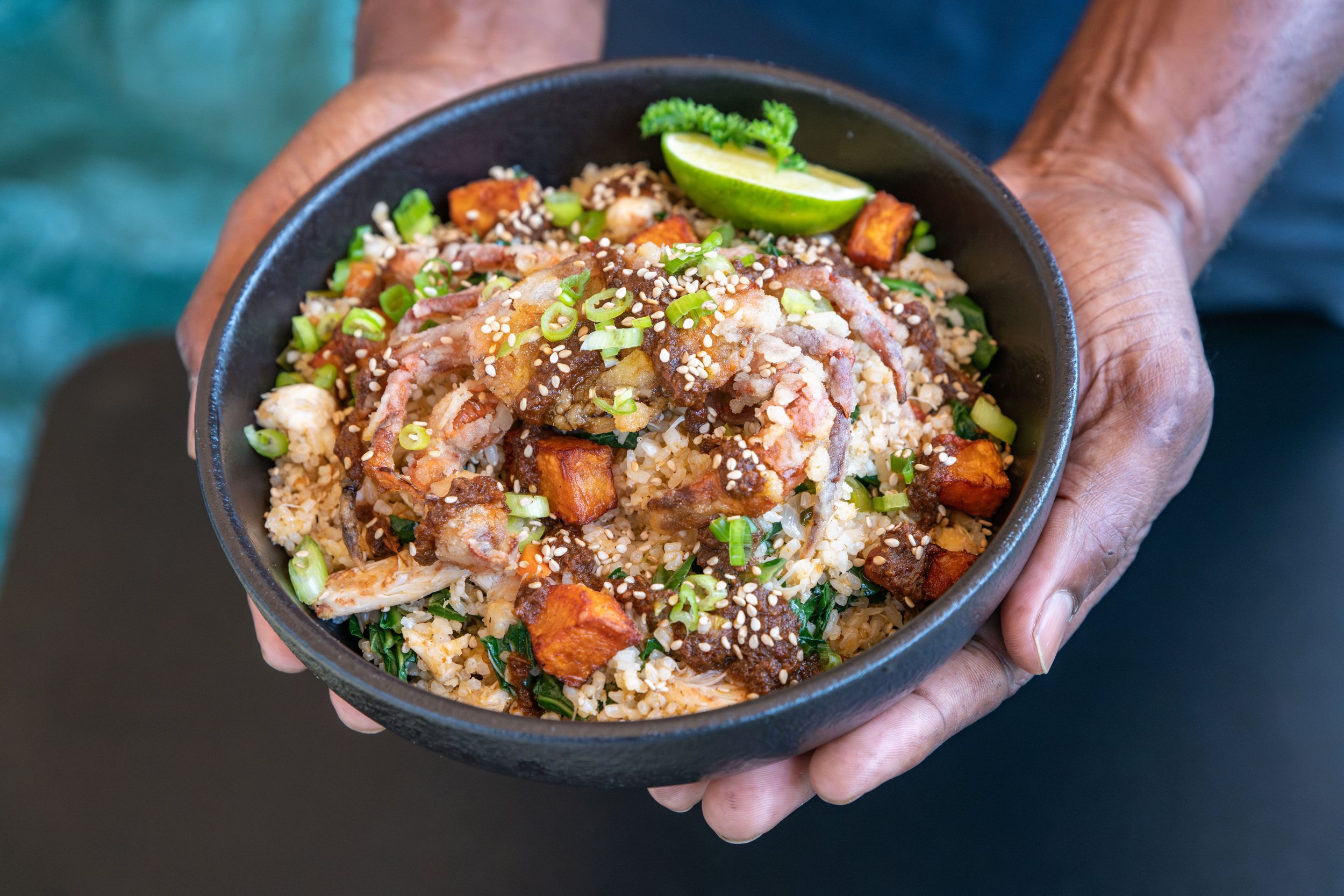Behind the Recipe: Blackened Redfish
Chef Ryan Hacker shares insight behind his blackened redfish dish at Brennan’s—a reinvention of a New Orleans classic.
Photos: Will Blunt
Blackened redfish was created by Paul Prudhomme when he was at Commander’s Palace. You get a cast iron really hot and you dip the fish in clarified butter, dredge it in a blackening spice or Creole spices, then you put the fish directly in the pan. When Creole food was getting popular in the ‘80s, [blackened redfish] was one of the dishes that made it happen. It’s got a huge cultural significance.
We were thinking about it several years ago—about how to put blackened redfish on the menu [at Brennan’s]. It’s so common that we always felt it was kind of touristy, but it was so ubiquitous with New Orleans. We participate in the J1 Visa program, having culinary students from across the world. Part of that process is we have interns do a tasting for us at the end of the year. [One intern] did a goat cheese that he covered with leek ash. It was kind of interesting—the color of the leek ash on the cheese and how black it got. The idea for doing the blackened redfish kind of spawned from that. We were thinking, why don’t we do a blackened redfish but the top of it is all black?
One of the things less desirable about blackened redfish done the traditional way is, because of the high heat, the fish tends to be overcooked on the outside. How do we make it so the fish is perfectly cooked, but you still have the flavor on the outside? You have to have the high heat to create the aroma and charred spices. So we started thinking about the flavor of the leek ash. What if we make the fish completely black instead of the speckle? It could have a really stark appearance. We started tinkering. Dusting it [with only leek ash] didn’t do. We cooked the fish in clarified butter—cooked it at a low temp so the fish absorbs more of the butter, almost like it’s braising. It comes out super tender. Then we dust it with a mixture of the Creole spices and leek ash. Then we take a torch and char the top of it until it starts to glow. By doing that, you end up with a fish that’s perfectly cooked with a stark black appearance.
chef Ryan Hacker of Brennan’s
Blackened Redfish, Smoked Garlic Purée, Crab and Parsnip Écrasé, Scallion Oil, Fried Parsnip, and Belgian Endive
The set has evolved over time. I always like to put crab with [redfish]. It’s a real traditional New Orleans thing to do the dish. Crab is huge down here and the butter sauce cuts the heat a little bit. Écrasé is something we’ve done for several things. We could use different things, like, instead of using chicken stock, what if we made a crab dashi—the sweetness offsets the spiciness of the dish.
The vegetables have changed over time. Last spring, we had a tartare on the breakfast menu. The crisp component on the tartare was a chip we were making from parsnips. As a byproduct, we had all of these cooked parsnips laying around. One of the things we like to do is put different textures of the same vegetables on a dish. Parsnips is what we were using, so how can we do different things with that parsnips—fried, pickled, écrasé. So we had the bases of the dish: the crab écrasé, and then the fish was sitting on top. We played around with making a salad. Frisée and endive is a really common thing we use. The bitterness offsets the sweetness and goes with the spicy. We were plating it and thought, why don’t we put it on top of the fish… and then it would fall off [by the time a server could drop it at a table]. We had a garlic purée on a different dish. We tried putting that on top to see how it sticks. It didn’t work, but we liked the flavor. We tried scallion mayonnaise and that was just enough adhesive. The butter sauce we broke with scallion oil for presentation.
When people talk about the making of a dish, people think there’s a poetic thing. This one came about pretty practically. It was a way to be cost efficient within the restaurant and do something that’s pretty interesting. [On Brennan’s dinner menu] there’s never been a need to remain traditional. I like for it to always have a sense of place. I think the blackened redfish is a good embodiment of that. It may look different but it tastes like they remember. That’s what we’re going for. To present something that’s kind of new, but also able to play on their taste memories.

